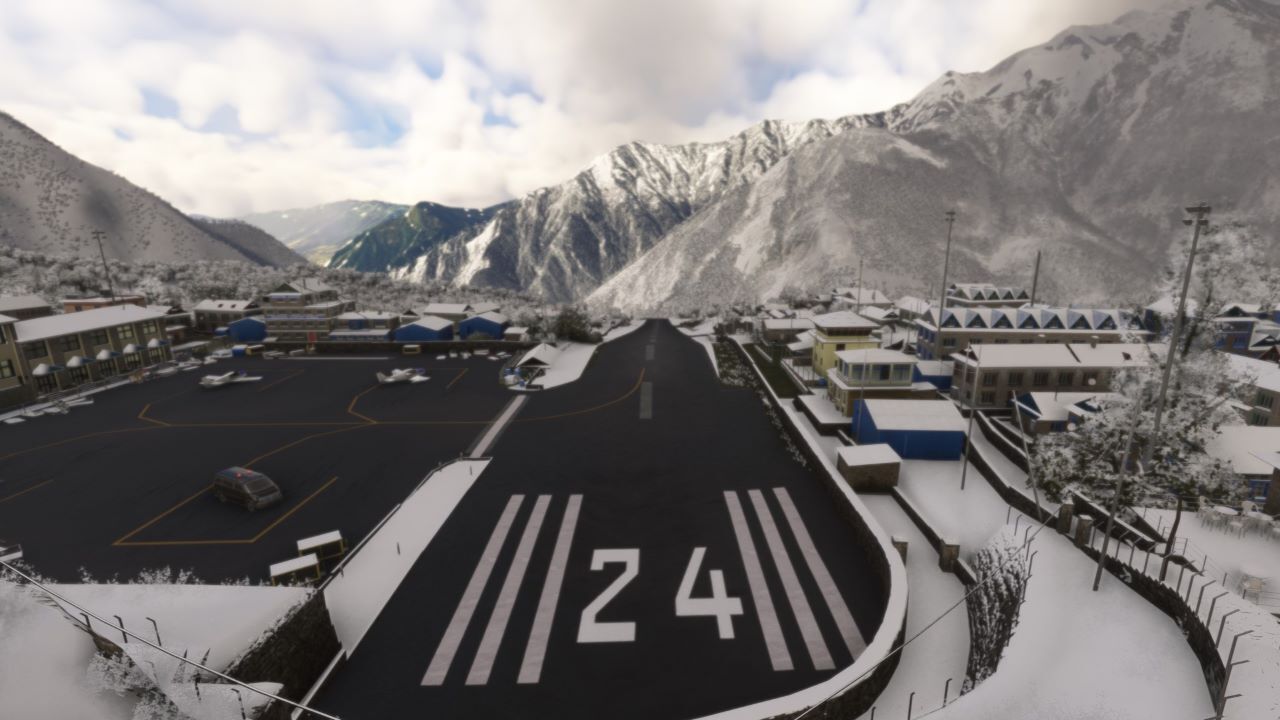Taking Flight: An In-Depth Look at Wildlife Tour Flights
Introduction: A Bird’s-Eye View of Conservation
Wildlife tourism is booming, driven by a growing desire to connect with nature and support conservation efforts. While traditional safaris and guided hikes remain popular, a unique niche has emerged: wildlife tour flights. These aerial expeditions offer a breathtaking perspective on animal habitats, migration patterns, and the sheer scale of the natural world. More than just a scenic joyride, wildlife tour flights are increasingly recognized for their potential to contribute to research, conservation, and responsible tourism.
The Appeal of Aerial Wildlife Tours
- Unparalleled Views: The most obvious draw is the incredible vantage point. Witnessing herds of elephants traversing the African savanna or spotting elusive whales breaching the ocean’s surface from above is an unforgettable experience.
- Access to Remote Areas: Many wildlife habitats are inaccessible by land. Flights can reach these isolated ecosystems, providing researchers and tourists alike with a glimpse into untouched wilderness.
- Time Efficiency: Covering vast distances quickly allows for a more comprehensive overview of animal populations and their distribution within a limited timeframe.
- Reduced Environmental Impact: Compared to ground-based vehicles, aircraft can minimize disturbance to sensitive ecosystems, particularly in areas prone to soil erosion or vegetation damage.
Types of Wildlife Tour Flights
The specific type of flight can vary greatly depending on the location, target species, and operator. Common options include:
- Fixed-Wing Aircraft: These planes offer a stable platform for observation and photography, ideal for surveying large areas and tracking animal movements.
- Helicopters: Helicopters provide greater maneuverability and the ability to hover, making them suitable for close-up observation and accessing difficult terrain.
- Hot Air Balloons: A more serene and eco-friendly option, balloon flights offer a silent and unobtrusive way to observe wildlife from above.
- Drones: Increasingly used for research and monitoring, drones provide a cost-effective and minimally invasive way to collect data on animal populations and behavior. (Regulations and ethical considerations around drone use are crucial.)
The Conservation Angle
Wildlife tour flights are not just about entertainment; they can play a vital role in conservation efforts:
- Population Monitoring: Aerial surveys allow researchers to accurately count animal populations, track their movements, and assess the health of their habitats.
- Anti-Poaching Patrols: Aircraft can be used to patrol protected areas, detect illegal activities such as poaching and logging, and provide rapid response capabilities.
- Habitat Assessment: Flights can help identify areas of habitat degradation, monitor the impact of climate change, and inform conservation planning.
- Ecotourism Revenue: Well-managed wildlife tour flights can generate revenue that supports local communities and conservation projects.
Data and Facts:
- African Elephant Surveys: Aerial surveys are a primary method for monitoring African elephant populations, providing critical data for conservation management. The Great Elephant Census, conducted in 2016, used aerial surveys to estimate elephant populations across 18 African countries.
- Whale and Dolphin Research: Researchers use aerial surveys to study whale and dolphin populations, track their migrations, and assess the impact of human activities on their behavior.
- Bird Migration Studies: Wildlife tour flights, often in conjunction with tagging and tracking technologies, help ornithologists understand bird migration patterns and identify critical stopover sites.
- Economic Impact: A 2018 report by the World Travel & Tourism Council estimated that wildlife tourism contributes billions of dollars to the global economy each year, supporting millions of jobs.
Responsible Wildlife Tour Flights: Best Practices
The key to ensuring that wildlife tour flights are a force for good lies in responsible planning and operation:
- Minimize Disturbance: Maintain a safe distance from animals to avoid causing stress or altering their behavior. Avoid low-flying maneuvers and sudden changes in direction.
- Use Experienced Pilots: Employ pilots with specific training in wildlife observation and a deep understanding of the local environment.
- Follow Regulations: Adhere to all relevant regulations regarding flight paths, altitude restrictions, and protected areas.
- Support Local Communities: Partner with local communities to ensure that they benefit from tourism revenue and are involved in conservation efforts.
- Educate Passengers: Provide passengers with information about the wildlife they are observing, the conservation challenges they face, and how they can contribute to their protection.
Potential Risks and Mitigation
While wildlife tour flights offer numerous benefits, it’s essential to acknowledge potential risks:
- Disturbance to Wildlife: Noise and visual disturbance from aircraft can disrupt animal behavior, particularly during breeding or feeding seasons.
- Mitigation: Establish buffer zones, limit flight frequency, and use quieter aircraft.
- Habitat Damage: Aircraft can inadvertently damage fragile habitats, particularly in sensitive areas such as wetlands or tundra.
- Mitigation: Avoid landing in sensitive areas, use established landing strips, and minimize ground disturbance.
- Safety Risks: Accidents can occur, particularly in remote or challenging environments.
- Mitigation: Ensure that aircraft are well-maintained, pilots are highly trained, and safety protocols are strictly followed.
The Future of Wildlife Tour Flights
Technological advancements are poised to further enhance the potential of wildlife tour flights:
- Drones: Drones will become increasingly sophisticated, allowing for more detailed and cost-effective monitoring of wildlife populations and habitats.
- Virtual Reality: Virtual reality experiences will allow people to "fly" over wildlife habitats from the comfort of their homes, reducing the need for physical flights and minimizing environmental impact.
- Data Analytics: Advanced data analytics will enable researchers to extract more insights from aerial surveys, leading to more effective conservation strategies.
Conclusion: Taking Conservation to New Heights
Wildlife tour flights offer a unique and valuable perspective on the natural world. By combining breathtaking views with responsible practices, these aerial expeditions can contribute to conservation efforts, support local communities, and inspire a deeper appreciation for the planet’s incredible biodiversity. As technology continues to evolve, the potential for wildlife tour flights to make a positive impact on conservation will only continue to grow. However, it is paramount that all flights are conducted with the utmost respect for the environment and the animals that call it home.


Leave a Reply